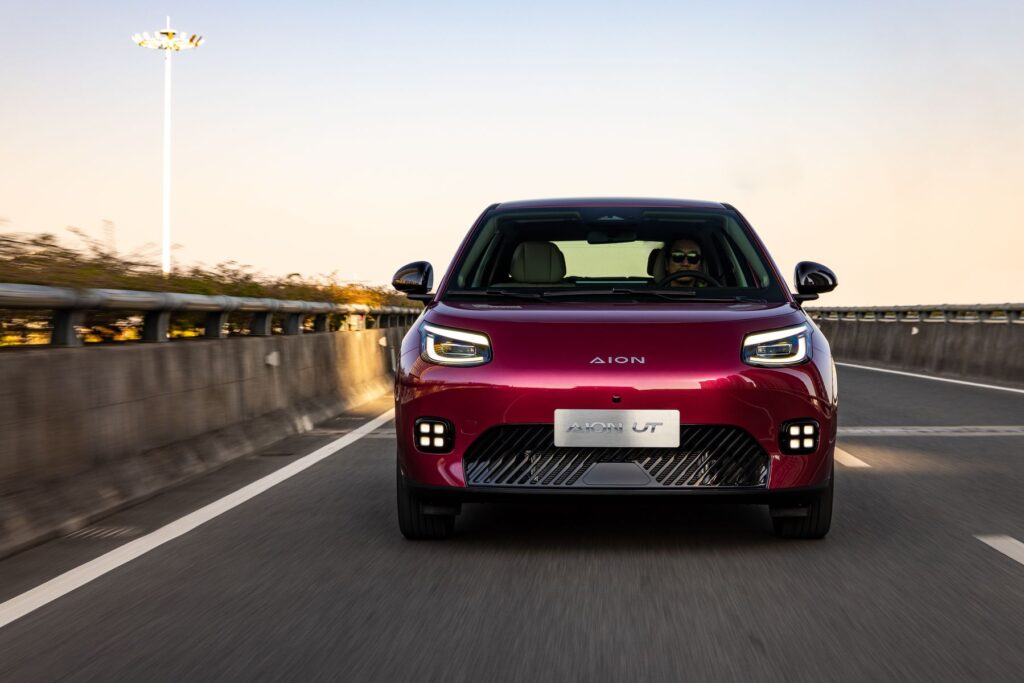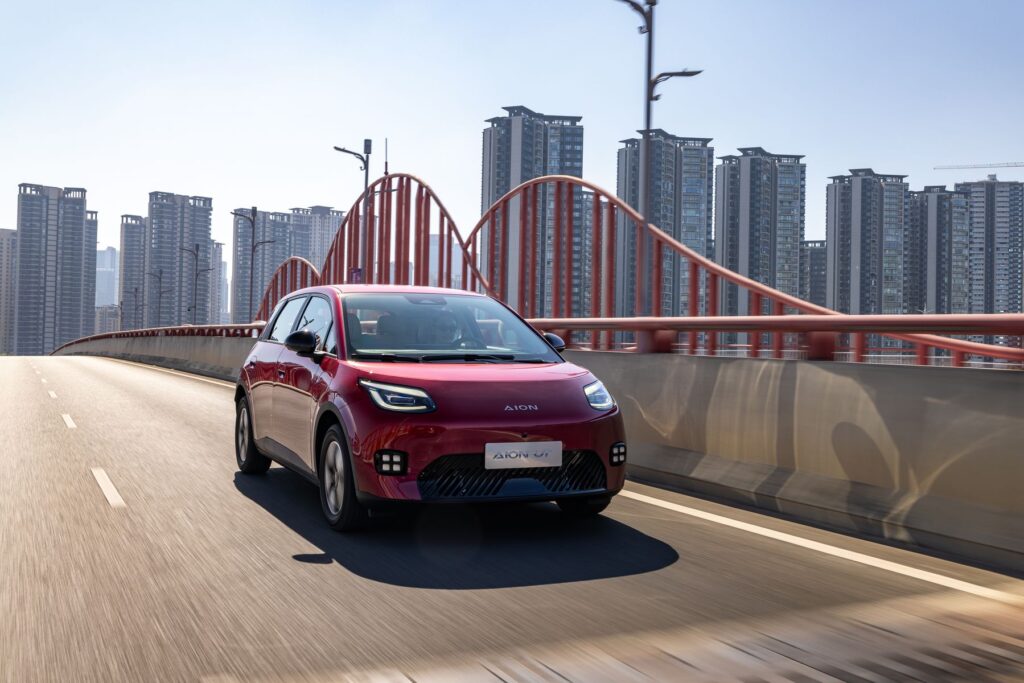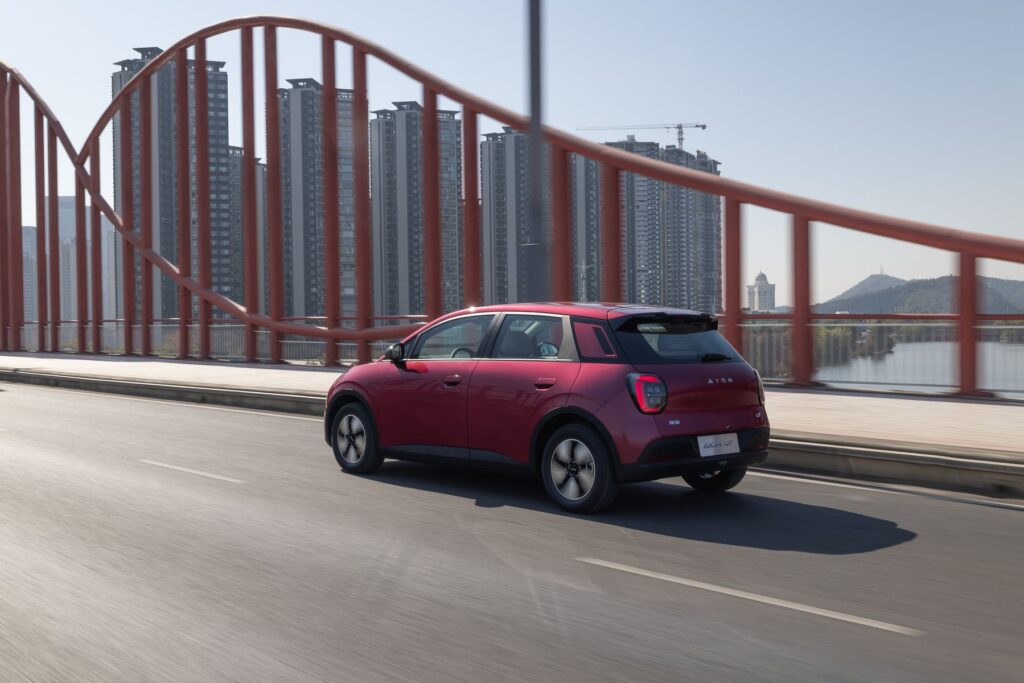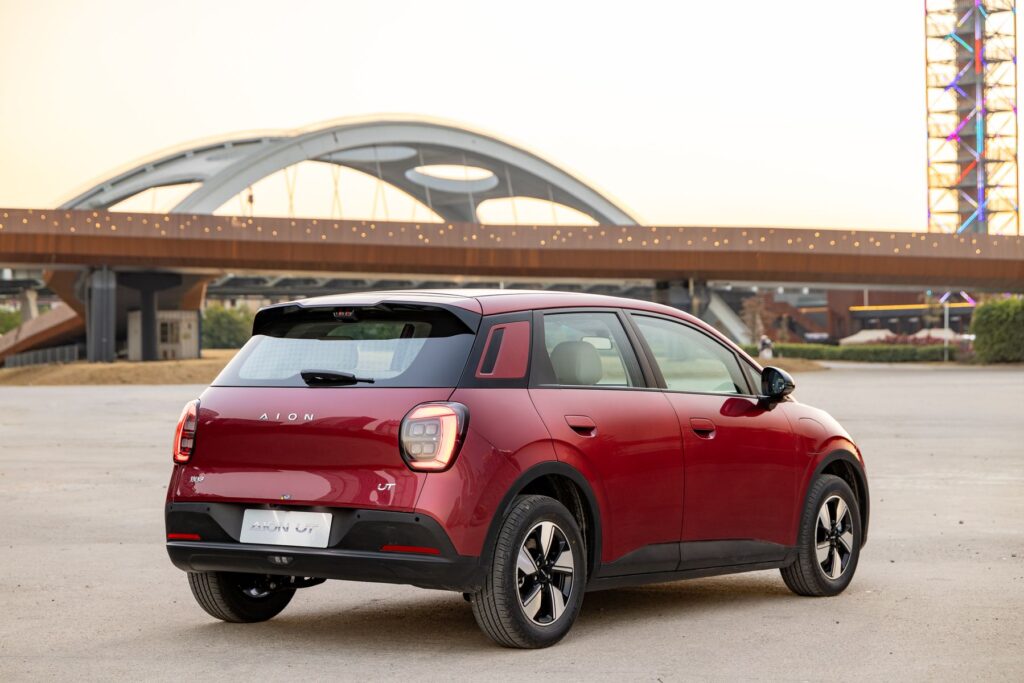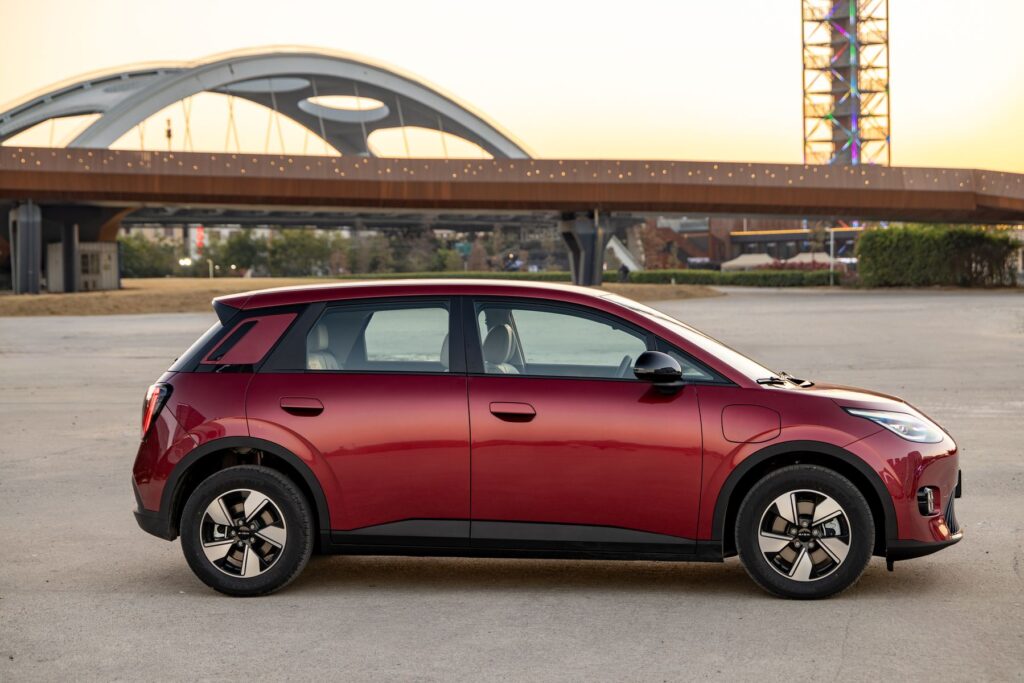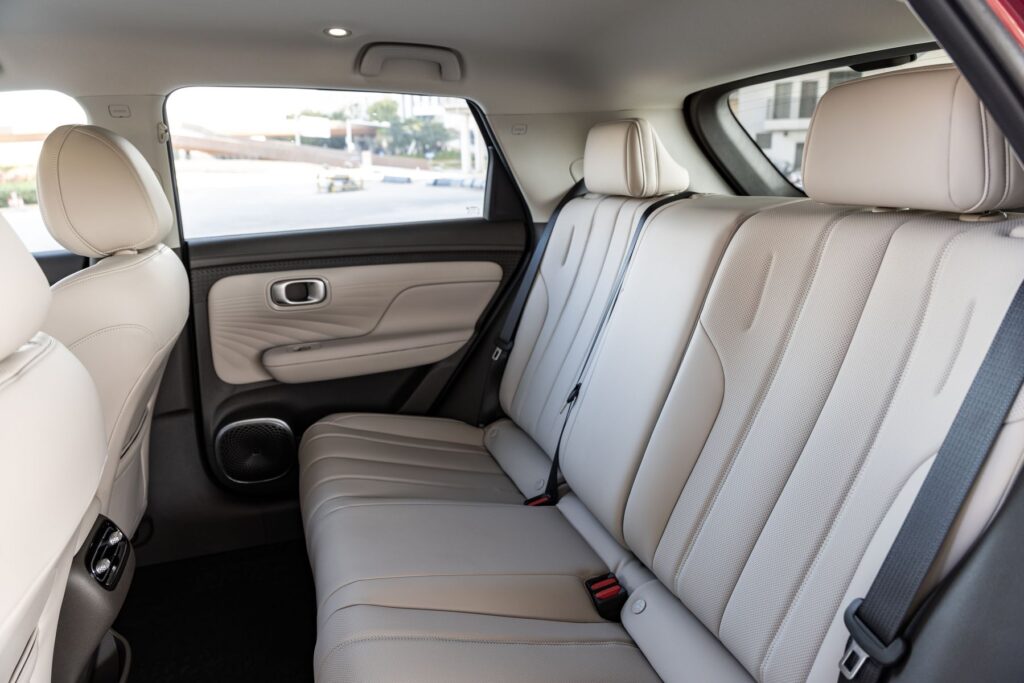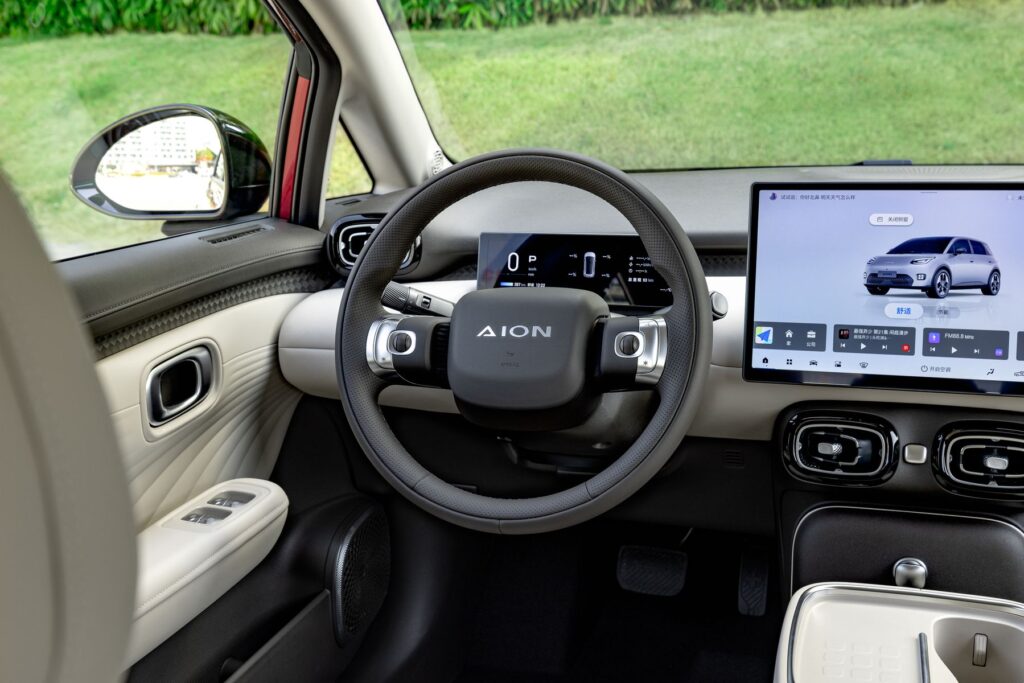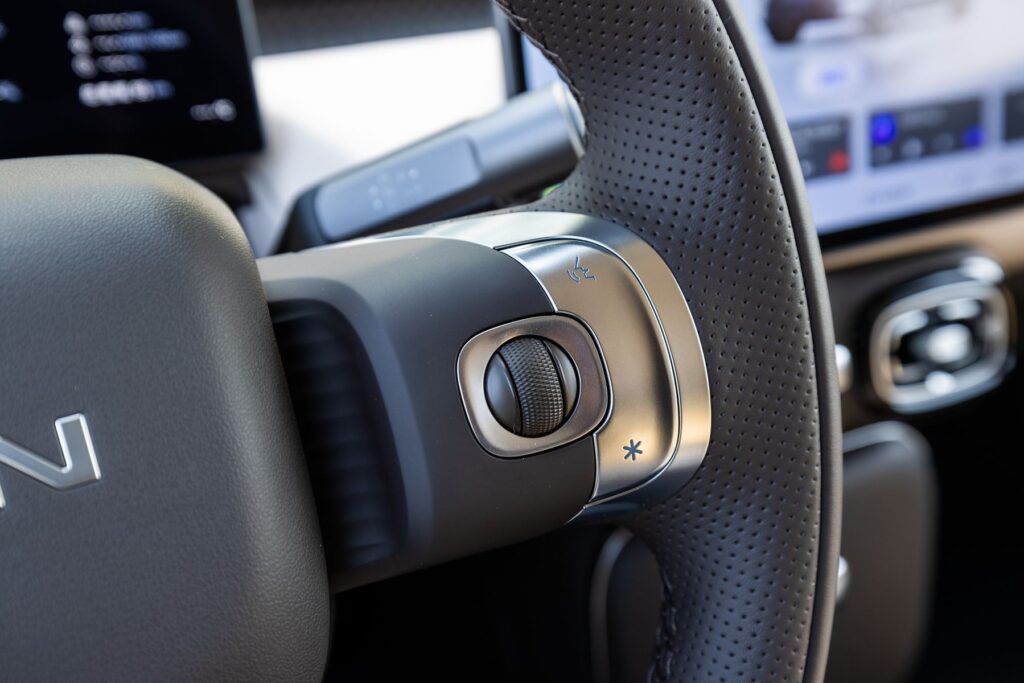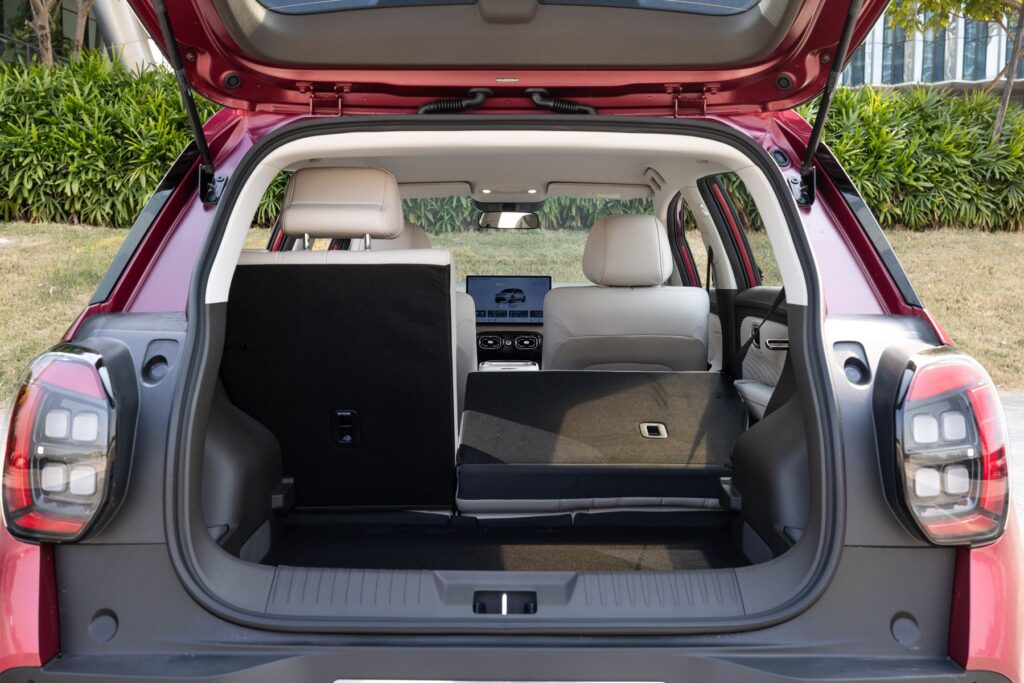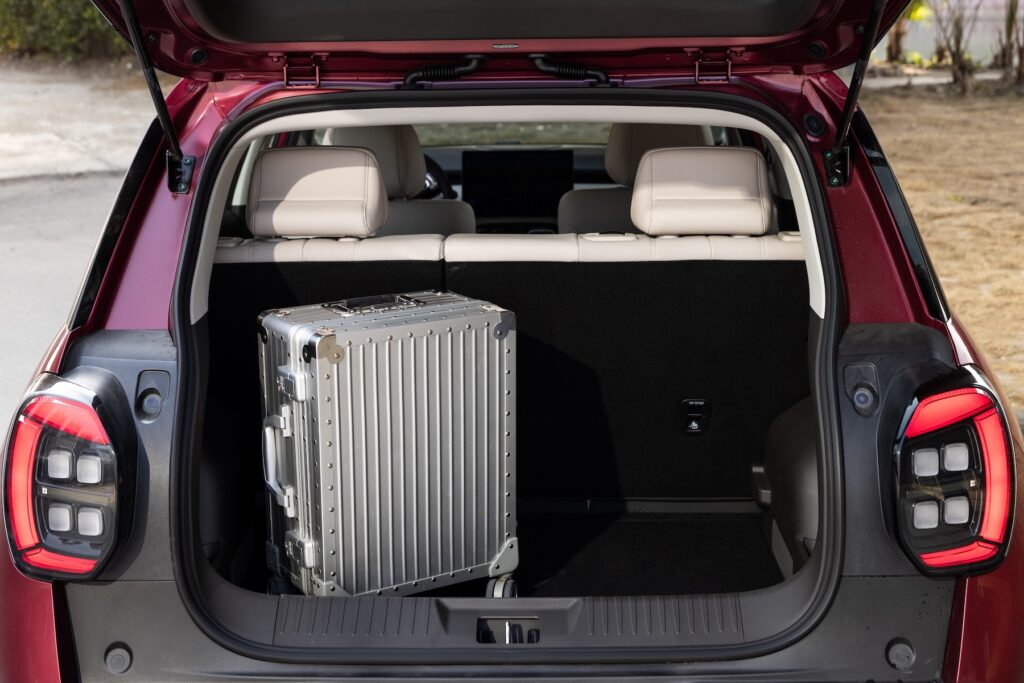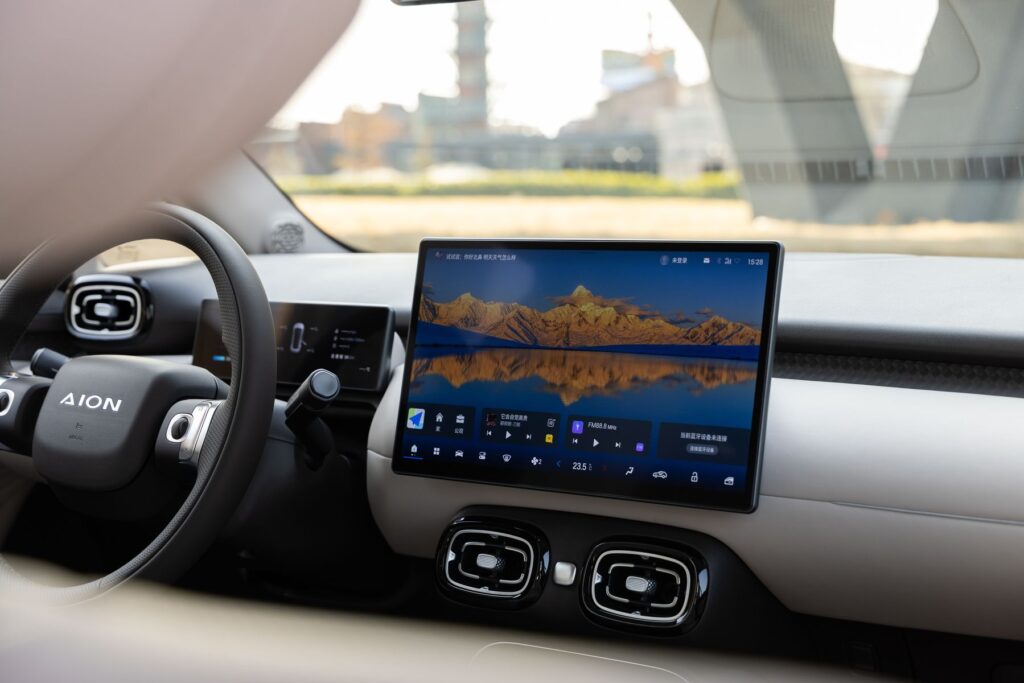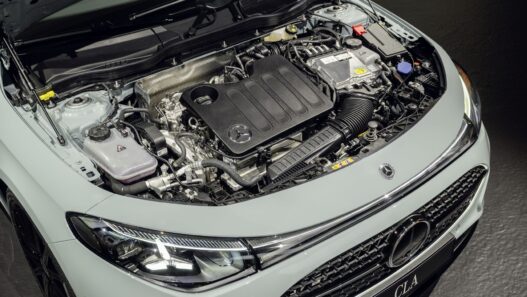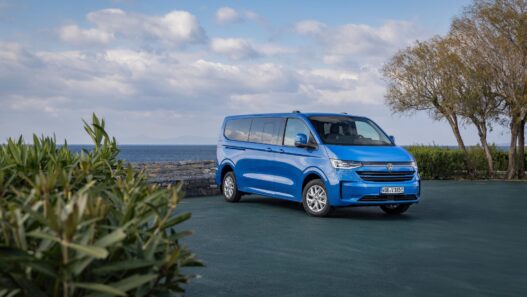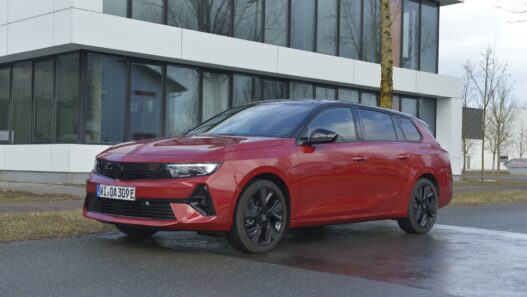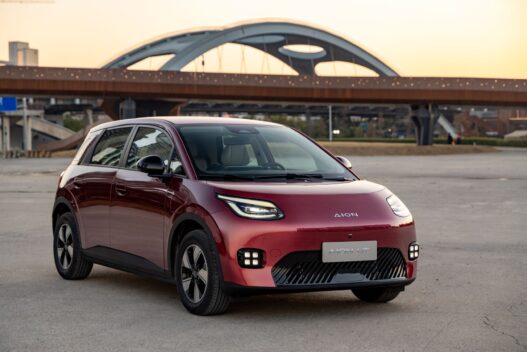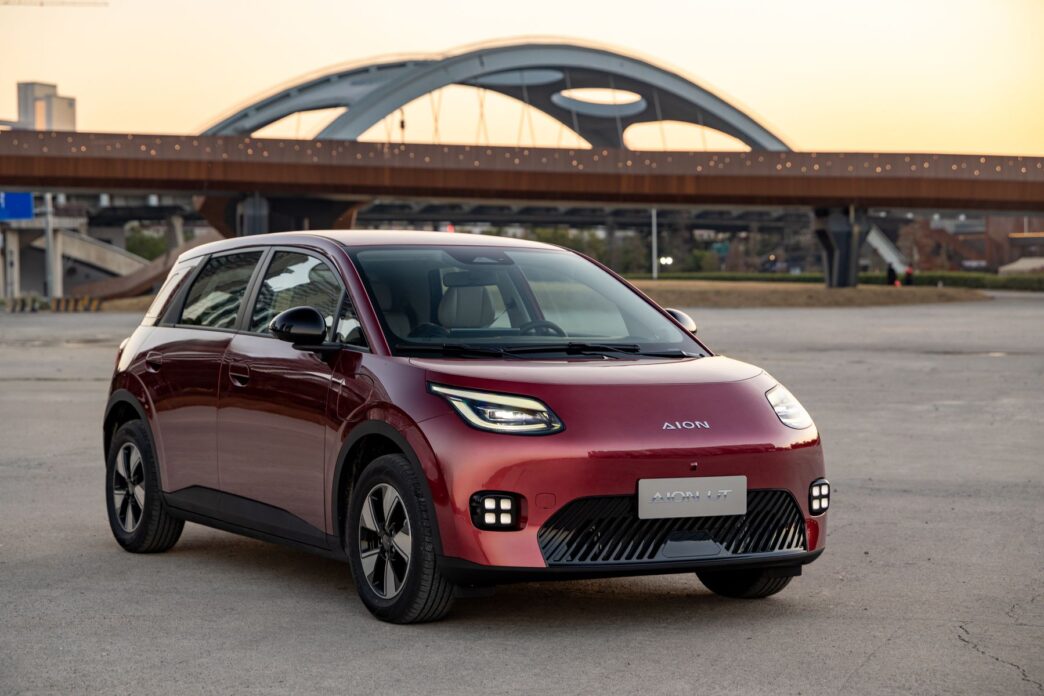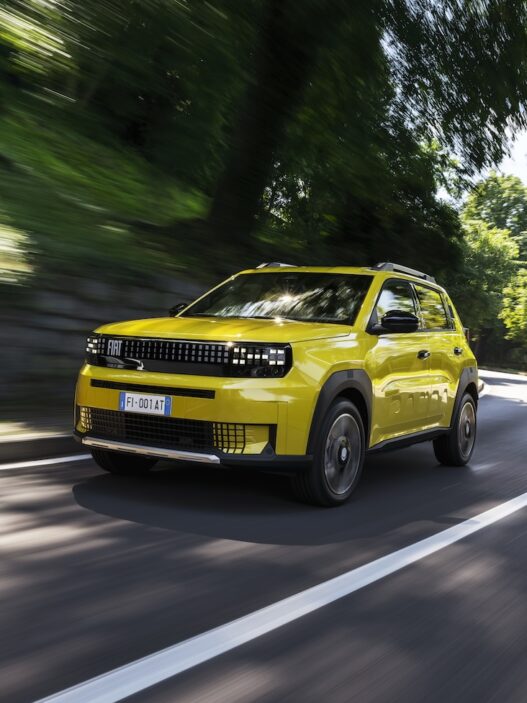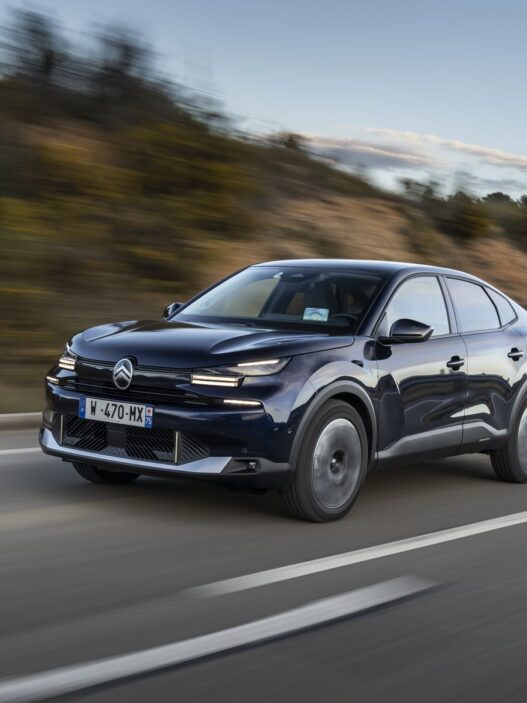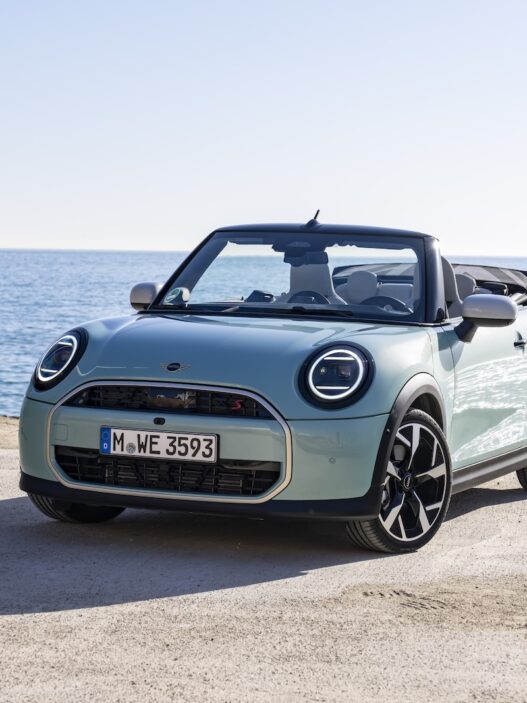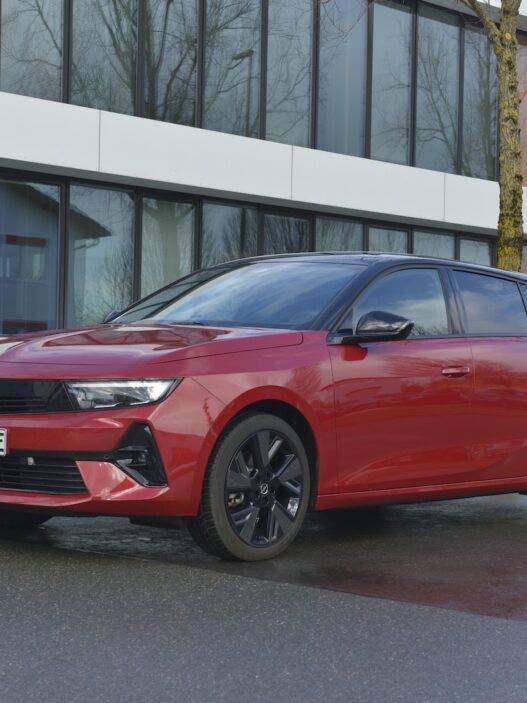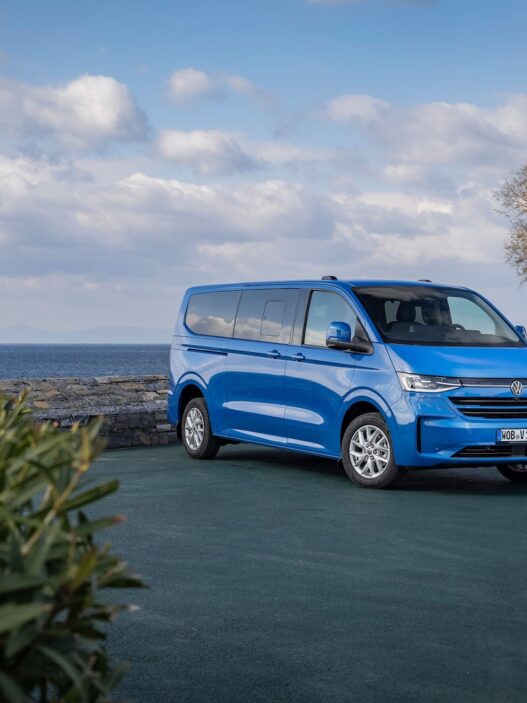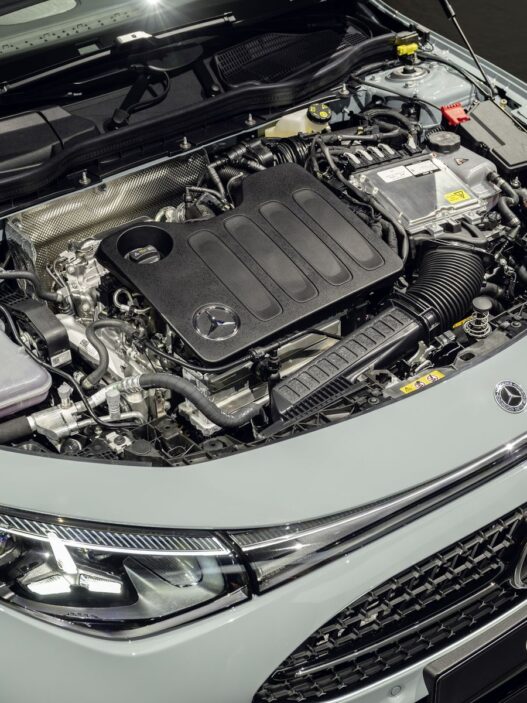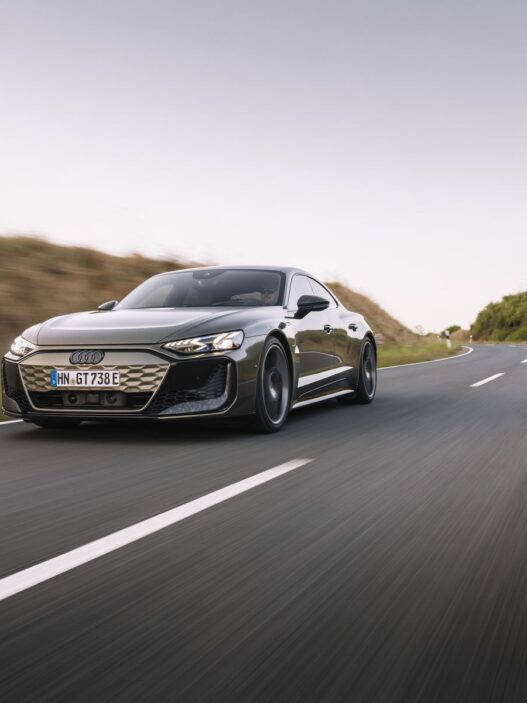The competition for the VW ID.3 is heating up. Following the BYD Dolphin and MG4, the GAC Aion UT is the next Chinese compact EV poised to make its way to Europe. But does this newcomer truly corner the German stalwart, or is the grip not as tight as it seems?
Strategic Approach: Quality Over Quantity
Guangzhou Automobile Group (GAC) is taking its time with expansion, favoring precision over speed. With brands like Aion and lifestyle-focused Hypertec under its belt, GAC is playing the long game in the fiercely competitive EV market, especially in Europe. The name Aion itself reflects the company’s vision, combining „AI“ (Artificial Intelligence) and „On,“ signaling its tech-forward ambitions.
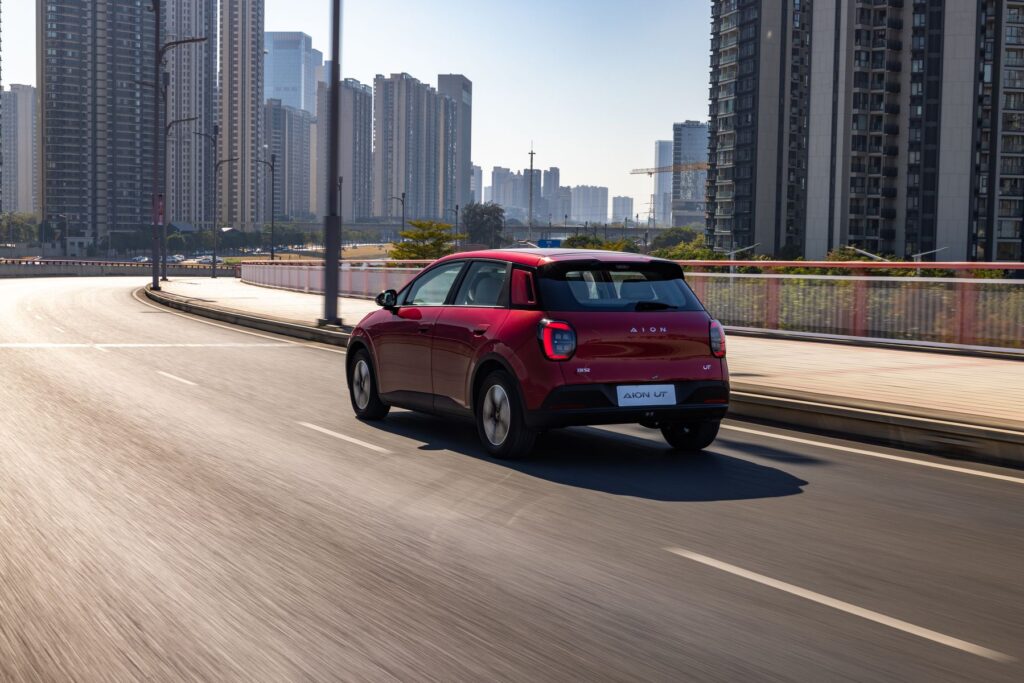
The Aion UT is a point of pride for GAC. “The space inside rivals that of a higher-class vehicle. It’s the best in its segment,” boast company executives. They credit this to the EV’s generous 2.75-meter wheelbase. Putting that claim to the test, we adjusted the driver’s seat to fit a six-foot-tall (1.85m) frame and then hopped into the back. The result? Ample legroom, living up to the company’s promise – a must for Chinese buyers who demand spacious interiors.
The GAC Aion UT: Roomy and Competitive
At 4.27 meters long, 1.85 meters wide, and 1.57 meters tall, the Aion UT is slightly shorter but wider than the BYD Dolphin. It closely matches the Volkswagen ID.3, which measures 4.26 meters long, 1.81 meters wide, and 1.55 meters tall.
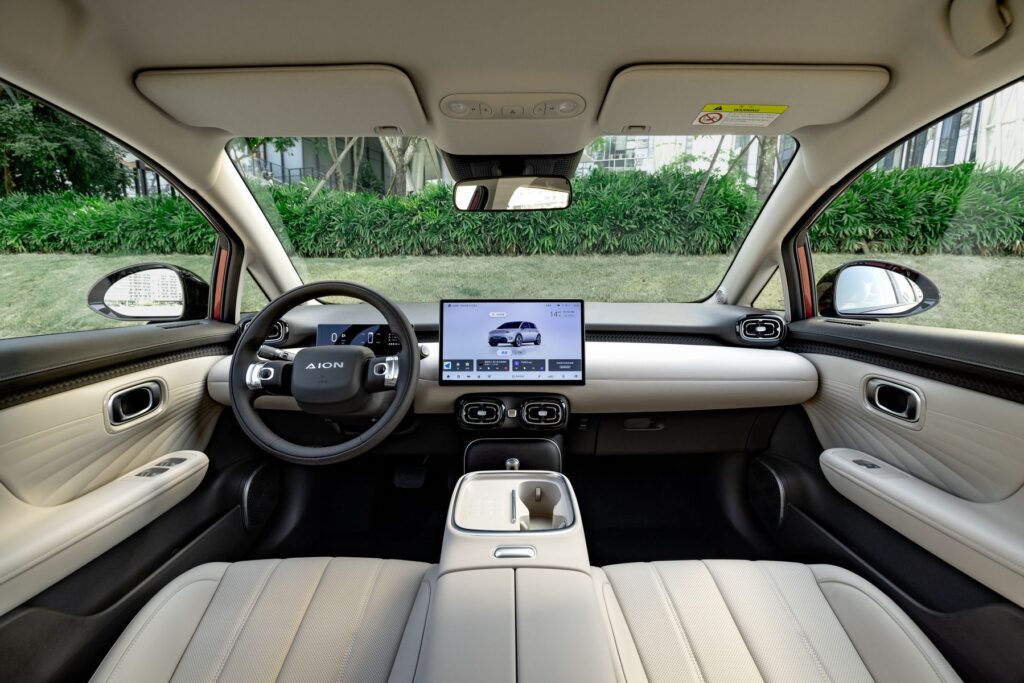
While the ID.3 boasts a slightly longer wheelbase by two centimeters, the Aion UT excels in rear-seat space, offering a more accommodating second row than its German rival.
Driving Dynamics: Balanced Performance
The GAC Aion UT’s driving experience is pleasantly neutral. Our test model in China featured a 44 kWh battery and a 100 kW (136 PS) motor, with a top speed of 150 km/h. Charging from 30% to 80% takes just 24 minutes. The European version will pack a larger 60 kWh battery for a WLTP-rated range of 430 kilometers and a 150 kW (204 PS) motor. These upgrades necessitate a firmer suspension setup, especially at the front due to the heavier motor.
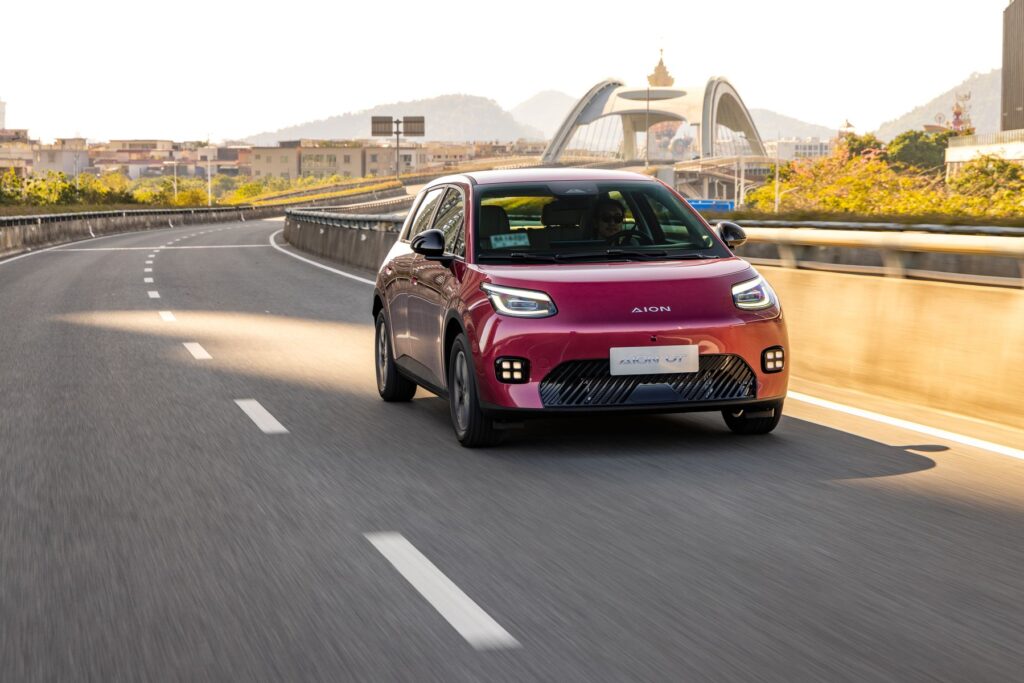
The current setup feels composed, with handling far removed from the overly soft rides of past Asian cars. While the steering could be more responsive and the suspension more engaging, the Aion UT’s ride quality remains solid, even on uneven roads. It does exhibit some understeer when pushed in corners, a typical trait of front-wheel-drive cars.
Infotainment and Interior: Familiar Yet Functional
Inside, the Aion UT features an 8.8-inch driver’s display paired with a generous 14.6-inch central touchscreen. Navigation through the infotainment menus is intuitive, adhering to a layout familiar from other Chinese models.
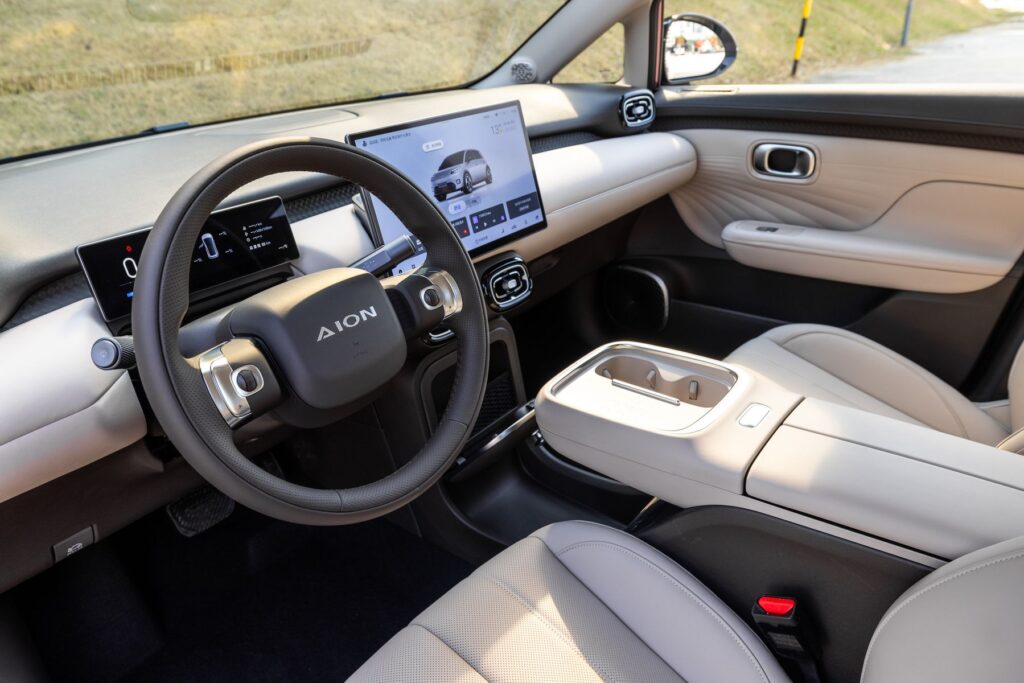
The interior quality is decent, with acceptable materials and build. The „Normal“ driving mode is sufficient for everyday use, though the „Sport“ mode adds a touch more excitement.
Competitive Pricing: A Strong Case
GAC aims to price the Aion UT under €30,000 in Germany, likely starting around €28,000. While this is approximately €15,000 more than in China, it significantly undercuts the VW ID.3’s €33,330 base price and even beats the BYD Dolphin’s €32,990 tag.
Final Thoughts
With its competitive pricing, solid design, and functional interior, the GAC Aion UT is well-positioned to attract budget-conscious European buyers seeking a spacious and capable compact EV. The squeeze on German electric models like the ID.3 is real, and the Aion UT shows that GAC is a contender worth watching.
